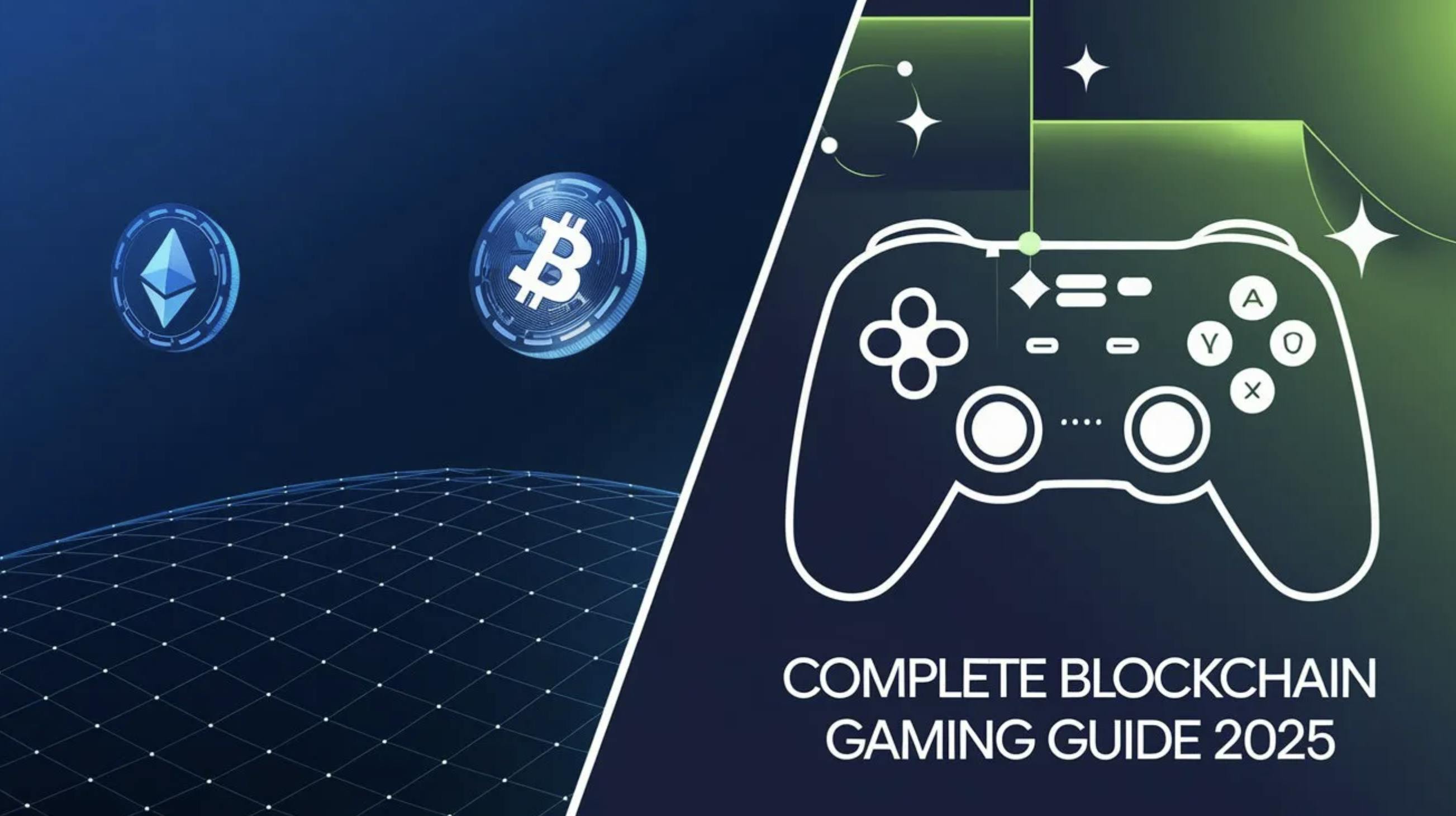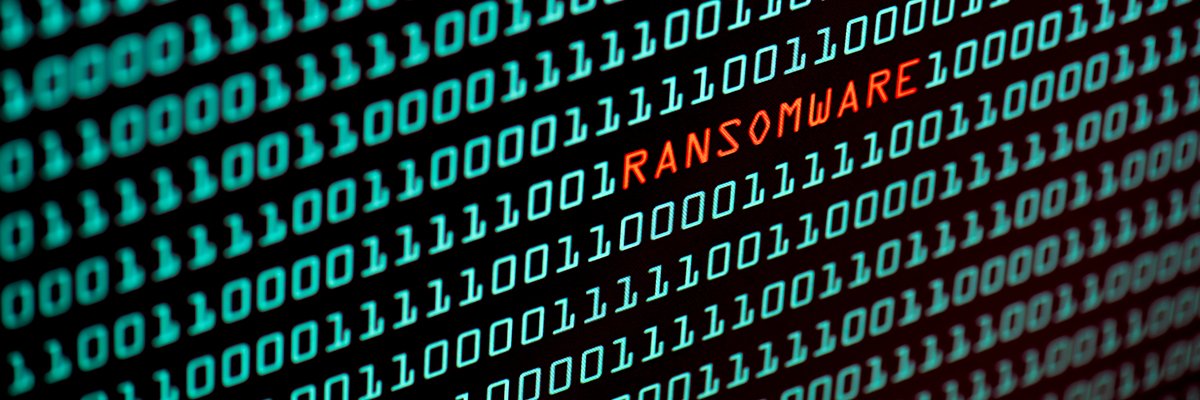Blockchain video games represent a transformative approach to gaming, leveraging decentralized technology to enhance player ownership, transparency, and economic models. This guide provides a detailed exploration of the development process, drawing from extensive research into blockchain platforms, game design, and practical implementation strategies.
Understanding Blockchain Games
Blockchain games are video games that integrate blockchain technology, such as cryptocurrencies and NFTs, to offer unique features. They allow players to own in-game assets like characters, items, or land as NFTs, which can be traded or sold for real money, and participate in decentralized economies.
This contrasts with traditional games where players do not truly own assets, as they cannot transfer them outside the game ecosystem.
The market for blockchain games is significant, with projections indicating growth from $128.62 billion in 2022 to $614.91 billion by 2030, driven by NFT integration and play-to-earn models.
Choosing the Blockchain Platform
The choice of blockchain platform is foundational, impacting transaction speed, cost, and community engagement. A comparison of popular platforms reveals:
- Ethereum: Known for its established ecosystem and large developer community, Ethereum is ideal for games seeking security and interoperability. However, it faces challenges with slower transaction speeds (around 15 transactions per second) and higher gas fees, which can be a bottleneck for games with frequent transactions. It supports standards like ERC-721 for NFTs and ERC-20 for tokens, making it suitable for complex dApps.
- EOS: Offers high transaction speeds and low fees, making it attractive for games requiring rapid, cost-effective transactions. Its account model leverages parallel processing, enhancing scalability, which is beneficial for NFT games and play-to-earn models.
- EVMs: Are Ethereum Virtual Machine, provides faster and cheaper transactions, bridging Ethereum’s security with improved scalability. It is suitable for games looking to leverage Ethereum’s ecosystem while reducing costs.
The choice depends on the game’s specific needs, such as transaction volume, cost sensitivity, and target audience.
Designing the Game
Game design for blockchain integration starts with defining the genre (e.g., strategy, RPG, collectible) and mechanics. The key is to identify where blockchain adds value, such as:
- Asset Ownership: Players can own unique assets as NFTs, enhancing collectibility and tradeability. For example, in The Sandbox, players create and own virtual land and assets as NFTs, which can be traded on marketplaces.
- Decentralized Economies: Implement play-to-earn models where players earn tokens for gameplay, as seen in Axie Infinity, where players breed and battle Axies to earn AXS.
- Governance: Use DAOs for player-driven decisions, allowing community input on game development, as in Decentraland’s land governance.
Design should consider how these features enhance player engagement and retention, ensuring the game is fun and not just a blockchain wrapper.
Tokenization of In-Game Assets
Tokenization involves deciding which assets will be represented on the blockchain. Common approaches include:
- NFTs for Unique Assets: Use standards like ERC-721 on Ethereum for unique items (e.g., characters, land). For instance, CryptoKitties uses ERC-721 for collectible cats, allowing players to breed and trade them.
- Fungible Tokens for Currency: Use ERC-20 for in-game currency, enabling players to earn and spend tokens. Axie Infinity’s SLP token is an example, used for breeding Axies.
The developer must define token properties, such as rarity, transferability, and usage, and ensure compliance with blockchain standards.
Smart Contract Development
Smart contracts are programs on the blockchain that manage tokenized assets. They define rules for creating, transferring, and using assets, such as:
- Minting new NFTs or tokens.
- Handling trades or transfers between players.
- Implementing game-specific logic, like character breeding in Axie Infinity.
Development requires proficiency in the platform’s language, such as Solidity for Ethereum or C++ for EOS. Security is paramount, as vulnerabilities can lead to asset loss, as seen in the $600 million hack of Axie Infinity’s bridge in 2022.
Game Backend
The backend connects the game to the blockchain, handling transactions and updating game state. It uses blockchain APIs, such as web3.js for Ethereum or WharfKit for EOS, to interact with smart contracts. For example, the backend might process a player’s purchase of an NFT, updating the game state and recording the transaction on the blockchain. This requires choosing a programming language and framework compatible with the blockchain, ensuring scalability and reliability.
User Interface
The front-end must be user-friendly, allowing players to interact with blockchain assets. This includes:
- Wallet Integration: Players connect their wallets (e.g., MetaMask for Ethereum) to authenticate and perform transactions, ensuring a seamless experience.
- Asset Management: Display owned assets and enable actions like trading or upgrading, hiding the complexity of blockchain interactions.
The interface should be intuitive, especially for non-technical users, to ensure accessibility and engagement.
Testing and Deployment
Testing is critical to ensure functionality and security. Use testnets (e.g., Goerli for Ethereum, Jungle for EOS) to simulate transactions without real value, identifying bugs in smart contracts and game logic. After testing, deploy smart contracts to the mainnet and set up the game’s servers to connect to these contracts, ensuring readiness for live players.
Marketing and Community Building
Blockchain games often rely on community engagement for success. Market the game through platforms like X, Reddit, and Discord, targeting blockchain and gaming communities. For example, Axie Infinity built a strong community through social media, driving its early adoption.
Offer incentives like airdrops or play-to-earn rewards to attract players, and foster a community around the game’s unique features to enhance retention and growth.
Challenges and Considerations
Developing a blockchain game involves several challenges:
- Scalability: Blockchain networks can be slow and expensive, impacting gameplay.
- User Experience: Blockchain interactions can be complex for users. Design intuitive interfaces to hide technical details, ensuring accessibility for all players.
- Regulatory Compliance: Depending on the jurisdiction, handling cryptocurrency and NFTs may require legal compliance, such as KYC/AML regulations.
- Security: Smart contracts must be secure to prevent hacks, as seen in past incidents like the Axie Infinity hack.
Examples of Successful Blockchain Games
Examining successful games provides insights into effective strategies:
- Axie Infinity: Players own NFT Axies, breed and battle them, and earn AXS, demonstrating a robust play-to-earn model.
- Decentraland: A virtual world where players own land as NFTs, build, and trade, showcasing decentralized asset ownership.
- The Sandbox: Players create and share games with NFT assets, highlighting community-driven content creation.
Tips for Aspiring Developers
To succeed in blockchain game development:
- Start by learning blockchain basics and smart contract development, using tutorials.
- Choose a platform aligning with your game’s needs, considering factors like transaction speed and community size.
- Design the game with blockchain integration from the start, ensuring it enhances gameplay.
- Test thoroughly on testnets and ensure smart contract security to prevent vulnerabilities.
- Build a community through marketing and engagement, leveraging social media and forums to attract players.
This comprehensive approach ensures a robust development process, positioning your blockchain game for success in the evolving gaming landscape.











